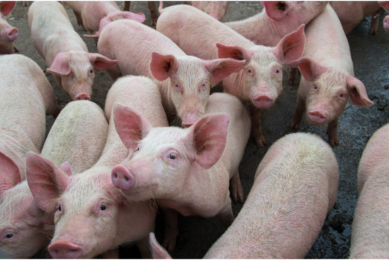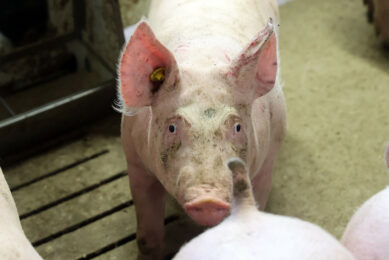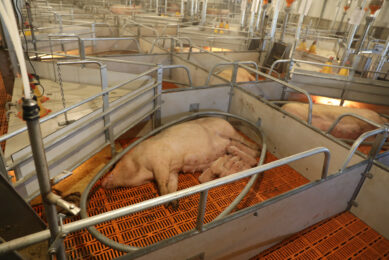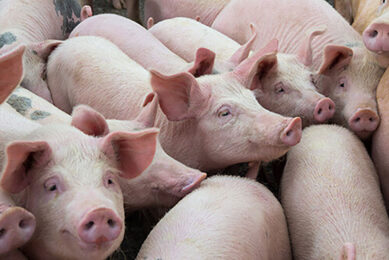Novel influenza virus H1N1 – what can we expect?
Predictions can be and frequently are wrong but what do we know about this new virus and can we try to guess the outcomes?
H1N1 a new virus based on a reassortment of genes from earlier viruses, with 5 pig genes, 2 avian and a single human gene – hence its colloquial name, which I won’t use. It is highly contagious, so is easily spread from man to man. It appears to be low pathogenicity, as the symptoms are not very severe and mortality to date is quite low, mainly people with previous health issues but worryingly those that are pregnant.©
The younger population, below 60 years of age appear to be more susceptible, suggesting that we have been exposed to something similar before and have a residual immunity. The pathogenicity is unlike the avian flu H5N1, which is highly pathogenic in chickens and turkeys (80% mortality) and it could infect and kill man following direct, heavy contact but fortunately, did not spread from man to man.
The winter months are usually the worst for influenza and the records in Australia show that there is an epidemic going on down there this winter. Normally, their peak is July (northern hemisphere January) so should be starting to come out of it now. In the UK, the cases of flu have gone down this summer due to the warmer weather – doors and windows are open and perhaps summer holidays help also, as the children are not sitting in a stuffy school or parents in an office.
That is about to change. Schools and colleges are going back and already the first colds are coming home. We can expect to see a steady build up of respiratory disease and especially influenza over the next few months. The virus appears to be excreted for several days, so to reduce the spread ‘take a week off work’!
Pigs and poultry also can get H1N1 strains of influenza virus. We have heard of reports of infected pigs in Canada and also Australia. Artificial challenge and sentinel studies have shown that it can be spread from pig to pig. It also causes a mild disease and virus is shed for about 7 days. Reports also suggest that turkeys have been infected down in Chile.
The chances are that as winter comes towards us the virus will spread extensively throughout the human population. Predictions are about 30% of a population will go down with it. It is therefore likely that sooner or later a farmer, worker or veterinarian will introduce it to a pig farm and infect the pigs. Hopefully, it will remain a mild infection, although the chances of further mutations are possible. It will sweep through a herd and have only a minor effect. If PRRS and enzootic pneumonia are active it could be more severe but hopefully it will pass through quite quickly, leaving a strongly immune herd.
Can we prevent its spread? We can ask workers if they have the ‘flu’ to stay at home for a week. This may not be popular for the employers but they will be ill for a number of days anyway, so they might as well stay at home if they have a high temperature, feel achy all over, coughing and sneezing etc. Vaccines should be out soon on the human side and it might be a good idea to get all staff vaccinated. On the pig side, it is likely to be highly contagious but if it remains mildly pathogenic, it should not be a severe problem.
Novel H1N1, started the year in Mexico and spread rapidly around the world. It will be here in the northern hemisphere this winter but hopefully will be almost over by next summer. Keep your fingers crossed.











